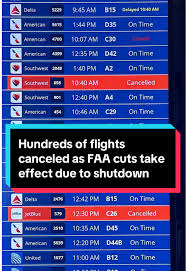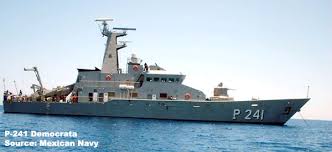
Introduction
The conflict between Ukraine and Russia continues to evolve, with recent drone attacks marking a new phase in this ongoing war. As both nations seek to gain tactical advantages on the battlefield, the increasing reliance on drone warfare has raised significant international concerns about civilian safety, military strategy, and the broader implications for regional stability.
Recent Developments
In the last month, Ukrainian forces have reportedly intensified their use of drones to target Russian military installations and logistics hubs. According to a statement from the Ukrainian military, over a dozen successful drone strikes were carried out against Russian supply lines in Eastern Ukraine, severely impacting their operational capacity. These operations are believed to reflect Ukraine’s adaptation to the changing nature of warfare, utilizing technology and intelligence to outmaneuver Russian forces.
Conversely, Russia has responded with its own wave of drone attacks aimed at Ukrainian infrastructure and military points. A recent assessment from NATO indicates that these strikes are part of a broader strategy to demoralize the Ukrainian population and disrupt their supply chains. On September 20, a series of coordinated drone attacks in Kyiv resulted in significant damage to energy infrastructure, leaving several districts without power temporarily.
International Reactions
The escalation of drone attacks has drawn attention from global leaders, with many condemning the violence. Several nations have expressed their support for Ukraine, with increased military aid in the form of defensive and offensive drones. The G7 nations, in a recent meeting, reaffirmed their commitment to support Ukraine’s sovereignty while urging Russia to cease its aggressive actions.
Analysts suggest that the increase in drone warfare could lead to a significant shift in the power dynamics of the conflict. The ability to conduct precise strikes while minimizing troop casualties might incentivize both sides to rely more heavily on unmanned vehicles, potentially leading to a prolonged period of violence.
Conclusion
The ongoing drone attacks in the Ukraine-Russia conflict highlight the evolving nature of modern warfare and its implications for international security. As technology advances, the battlefield may become more unpredictable and complex. This mechanized form of conflict emphasizes the need for diplomacy and peaceful negotiations to prevent further escalation and to minimize the humanitarian impact on civilians caught in the crossfire. Observers remain cautious but hopeful that dialogue might still offer a viable path forward amid the turmoil.






